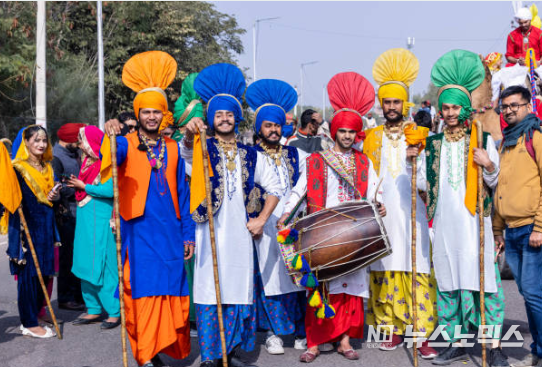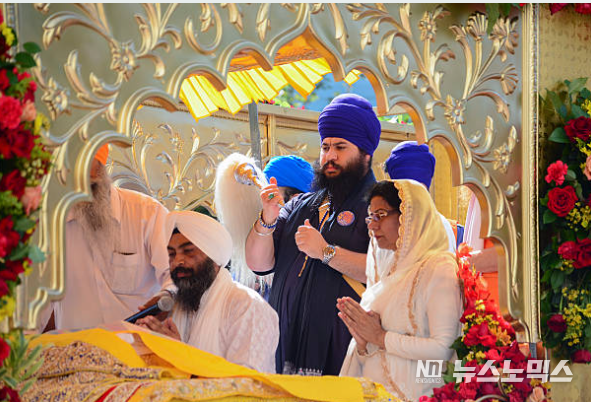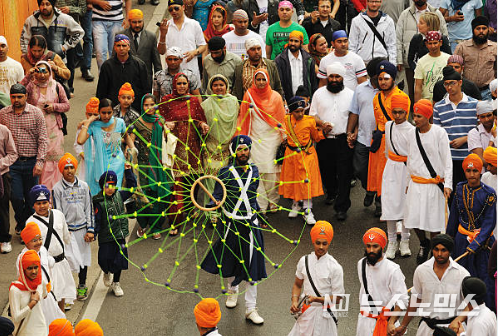
Newsnomics AJAY ANGELINA reporter | India, today is celebrating “Vaisakhi” or “Baisakhi” the most important prominent festival around different regions of the country.
It is celebrated in various Indian states with different names such as Pana Sankranti in Orissa, Puthandu in Tamilnadu, Naba Barsha or Pohela Boishakh in West Bengal Sankranti, and Bohag Bihu in Assam.
As per Hindu Calendar, “Vaisakhi” is observed on the first day of Vaisakh month (April-May) every year and is also known as Solar New Year.

“Vaisakhi” is vastly famous among the Sikh community belongs to Punjab and Haryana, celebrates the festival with great enthusiasm and grandeur every year at the beginning of the new harvesting season, that carries special importance among the farmers. India is vast agricultural economic state so this festival is dedicated to all the farmers who works hard for the provision of food among the whole country.
Not only that, the Sikhs from all over the world celebrate 'Vaisakhi' with special religious significance by visiting their Gurdwaras (religious places). They decorate Gurudwaras with flowers, lights and organize langars (food of thanksgiving). They offer prayers and seek blessings for each other, and then distribute ‘Kada Prasad’ to all devotees.

The Sikhs marks the occasion by wearing traditional clothes, singing, dancing Bhangra and martial arts called gatka.

“Vaisakhi” gained religious significance for Sikhs when Guru Gobind Singh – the 10th and final living guru for Sikhs – created the Khalsa on March 30, 1699.
What is Khalsa?
Khalsa means “the pure”: the purified and reconstituted Sikh Community instituted by Guru Gobind Singh in
1699.
His declaration had three following dimensions:
1- It redefined the concept of authority within the Sikh community.
2- It introduced a new initiation ceremony and code of conduct.
3- It provided the community with a new religious and political vision.
Khalsa is used to denote both the body of initiated Sikhs and the community of all Sikhs.

Sikhs are initiated into this order through the “amrit pahul”, a rite that involves drinking “amrit”(a nector), pre-
pared by using a mixture of sugar and water and stirred with a double-edged sword. The initiates read from
the Guru Granth Sahib (the Sikh scriptures) seen as the embodiment of the guru, recite a formal prayer, and
agree to adhere to guidelines for behavior and practice.
The initiates wear symbols with religious significance has its own symbolic mean, known as the Five K’s: Kesh (uncut hair), kanga (wooden comb), Kachera (cotton undershorts), kirpan (a steel blade), and kara (a steel bracelet).
Khalsa presents the initiated Sikhs known as “amritdhari” Sikhs, but the Sikhs who have not been “initiated”
are known as “sahejdhari” Sikhs.
Sikhism is fundamentally concerned with equality of men and women from its outset and rejects the caste
distinctions.
The initiated men use “Singh” to discard their last name and the initiated women use the last name “Kaur to
reject the caste system.










